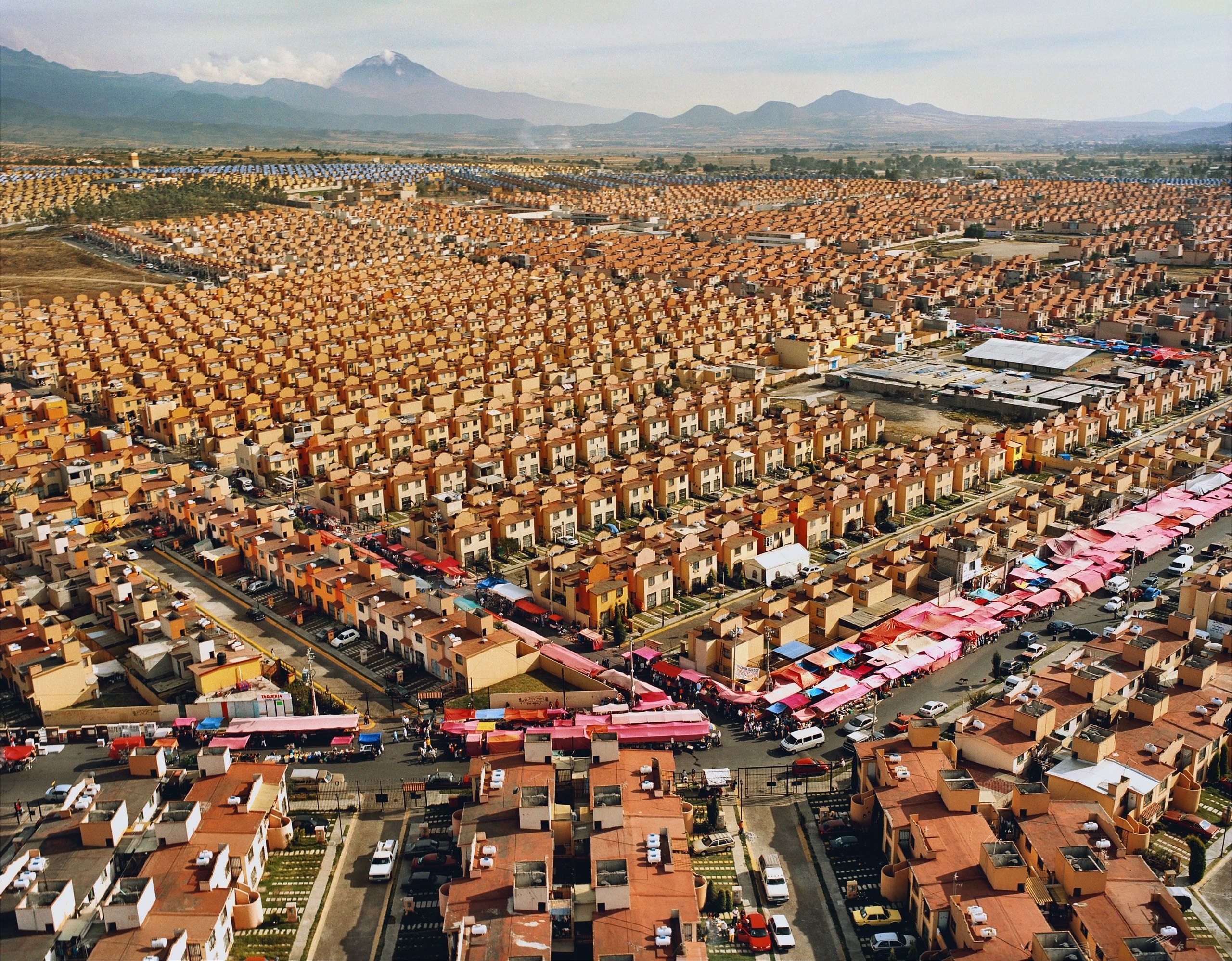The World’s “Household Explosion” May Be This Century’s Biggest Challenge

Architects: Showcase your next project through Architizer and sign up for our inspirational newsletter.
By the end of this century, the world’s population is expected to increase by half, reaching over 11.2 billion people by 2100, according to the UN. That sounds like a scary number, especially when considering the expansion required to meet new infrastructure and development needs along with increased demand for material resources. However, as crazy as it may seem, this estimate is not considered the primary cause for alarm. According to CityLab, demographers are not as concerned as they were decades ago about the prospect of a “population bomb” — a scenario in which the planet’s population reaches a point where we exhaust all of its resources. In fact, population growth has slowed in many parts of the world.
Instead, the challenge lies in the evolution of how populations are inhabiting urban space. You might expect that a slower population growth would mean less housing demand, but this is not in fact the case. A significant trend is seen through measuring households rather than population. Due to demographic and cultural shifts, more people are living apart from one another. So, while the population increase may be slowing, the demand for housing is spiraling upwards.

“47,547 Homes,” by Livia Corona Benjamin, from 2000.Courtesy the artist and Parque Galeria
The total number of global households is growing much faster than the growth of the world population itself. It’s what CityLab has dubbed the “household explosion”. For example, in the U.S. and Europe, the average household included around five people in the late 1800s. Now it’s around 2.5. This means the same number of people today live in twice as many homes, requiring double the resources.
There are numerous culprits behind this housing phenomenon. People are living longer, extending their need for housing, children are leaving home sooner to establish their own households, divorce rates are rising and inter-generational households are less common. The social and economic changes that facilitate these shifts have long been present in developed countries, but the need is rising for the rest of the world to follow suit.

“Longterm dynamics of household size and their environmental implications,” by Bradbury et al. in Population and Environment
In developing areas, where levels of urbanization and industrialization have been steadily increasing, improved living standards may soon result in an even more significant household explosion. Given the expanding difference in household demand and population growth, hundreds of millions of new homes will be required by the end of this century.
Meeting this demand presents a massive threat to global sustainability as smaller households are less efficient, demanding more resources per person. As this challenge becomes ever more pressing, architecture and urban planning solutions are likely to come to the fore. Efficiency in construction and design should be prioritized. According to The Conversation, innovations in offsite, prefabricated construction could be used to speed up the supply of new housing on a huge scale. Further to this, focusing on flexible design that allows buildings to maximize re-use and manage resources properly will be pivotal.
Architects: Showcase your next project through Architizer and sign up for our inspirational newsletter.
The post The World’s “Household Explosion” May Be This Century’s Biggest Challenge appeared first on Journal.
, Nathaniel Bahadursingh, read more Journal http://bit.ly/2q6scI8
Yorumlar
Yorum Gönder